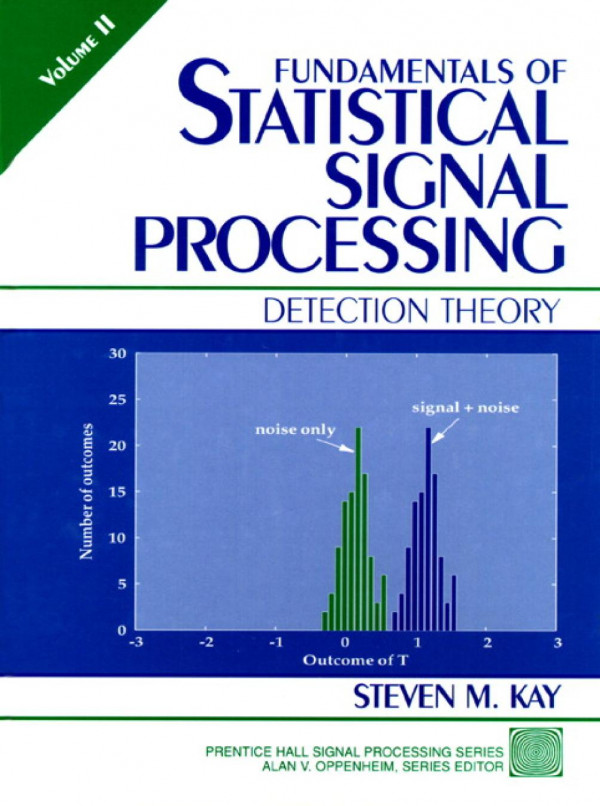

Most ebook files are in PDF format, so you can easily read them using various software such as Foxit Reader or directly on the Google Chrome browser.
Some ebook files are released by publishers in other formats such as .awz, .mobi, .epub, .fb2, etc. You may need to install specific software to read these formats on mobile/PC, such as Calibre.
Please read the tutorial at this link: https://ebookbell.com/faq
We offer FREE conversion to the popular formats you request; however, this may take some time. Therefore, right after payment, please email us, and we will try to provide the service as quickly as possible.
For some exceptional file formats or broken links (if any), please refrain from opening any disputes. Instead, email us first, and we will try to assist within a maximum of 6 hours.
EbookBell Team

0.0
0 reviewsThe most comprehensive overview of signal detection available.
This is a thorough, up-to-date introduction to optimizing detection algorithms for implementation on digital computers. It focuses extensively on real-world signal processing applications, including state-of-the-art speech and communications technology as well as traditional sonar/radar systems.
Start with a quick review of the fundamental issues associated with mathematical detection, as well as the most important probability density functions and their properties. Next, review Gaussian, Chi-Squared, F, Rayleigh, and Rician PDFs, quadratic forms of Gaussian random variables, asymptotic Gaussian PDFs, and Monte Carlo Performance Evaluations.
Three chapters introduce the basics of detection based on simple hypothesis testing, including the Neyman-Pearson Theorem, handling irrelevant data, Bayes Risk, multiple hypothesis testing, and both deterministic and random signals.
The author then presents exceptionally detailed coverage of composite hypothesis testing to accommodate unknown signal and noise parameters. These chapters will be especially useful for those building detectors that must work with real, physical data. Other topics covered include:
The book makes extensive use of MATLAB, and program listings are included wherever appropriate. Designed for practicing electrical engineers, researchers, and advanced students